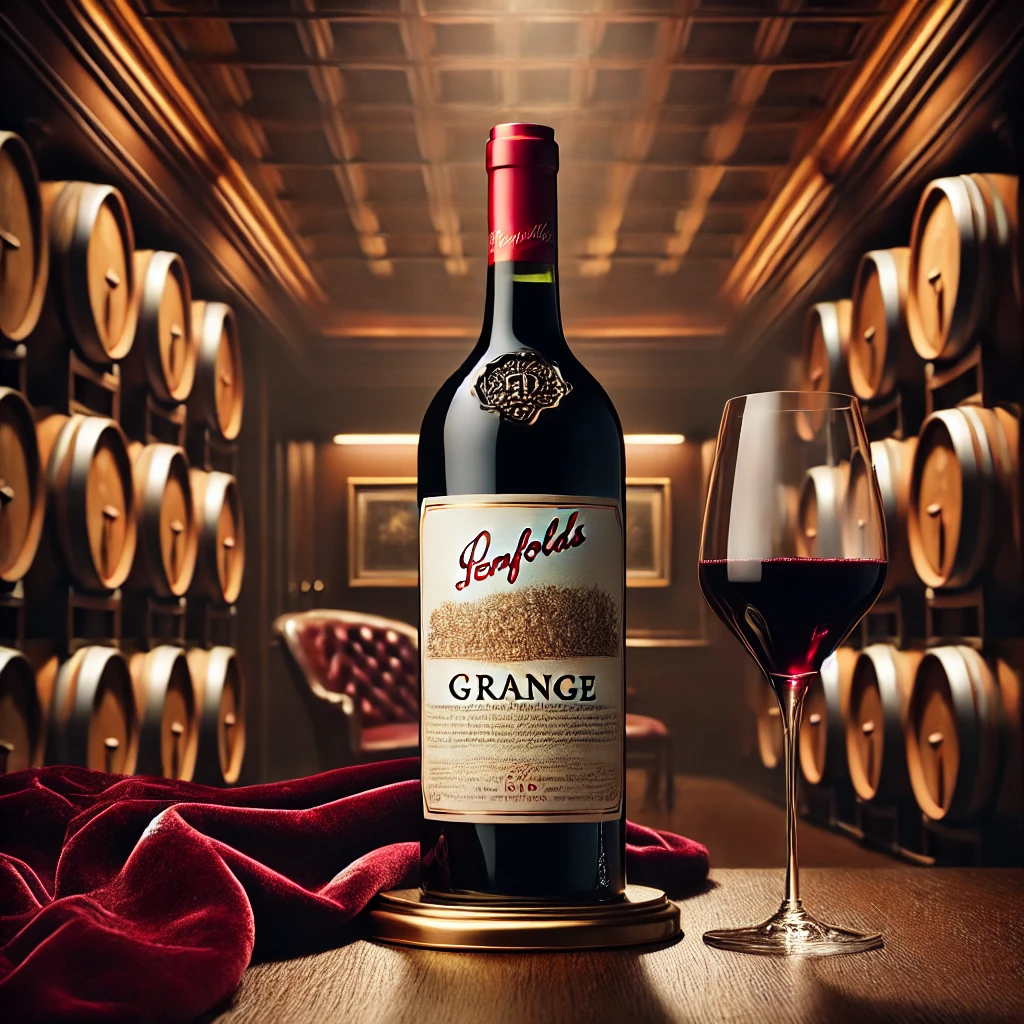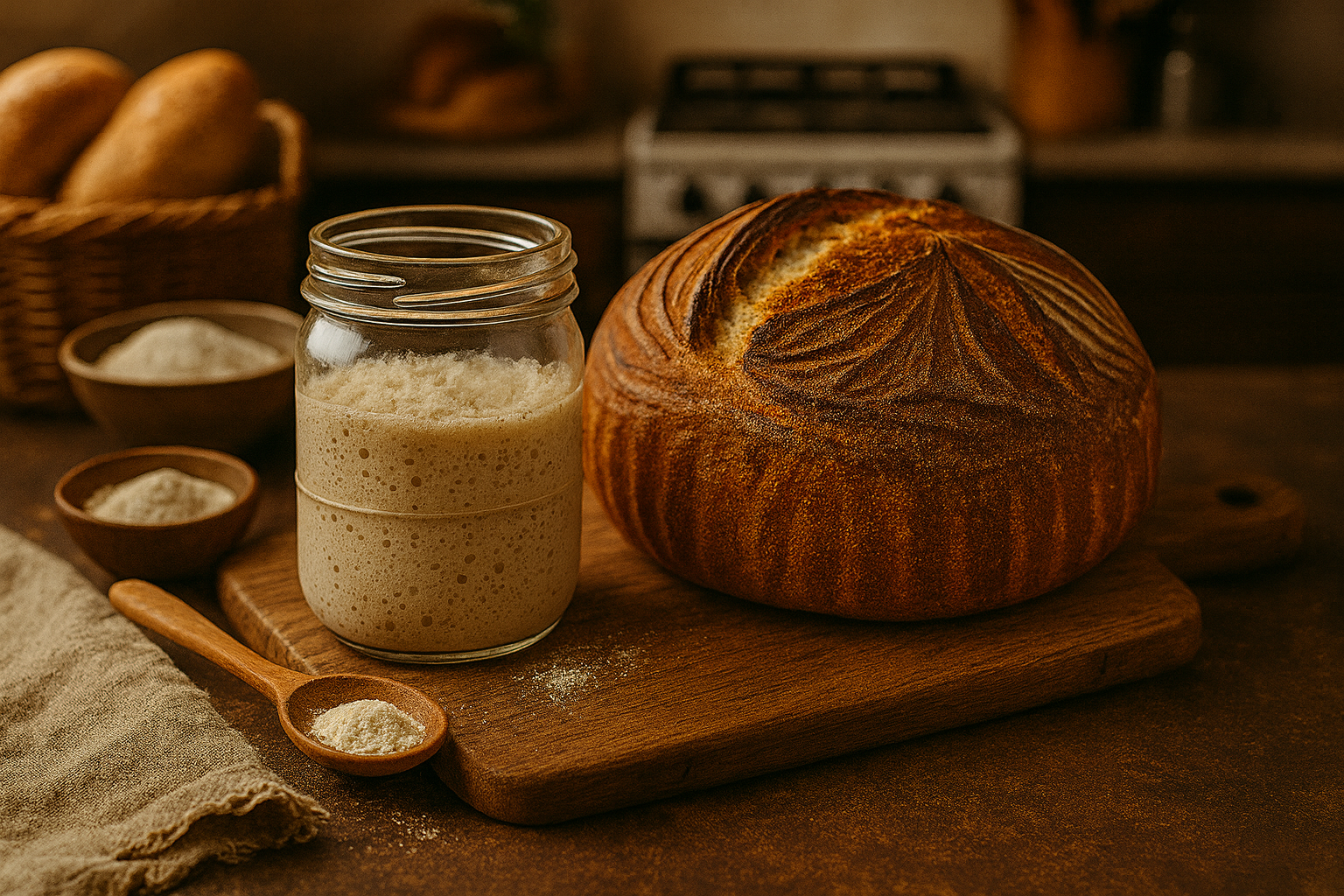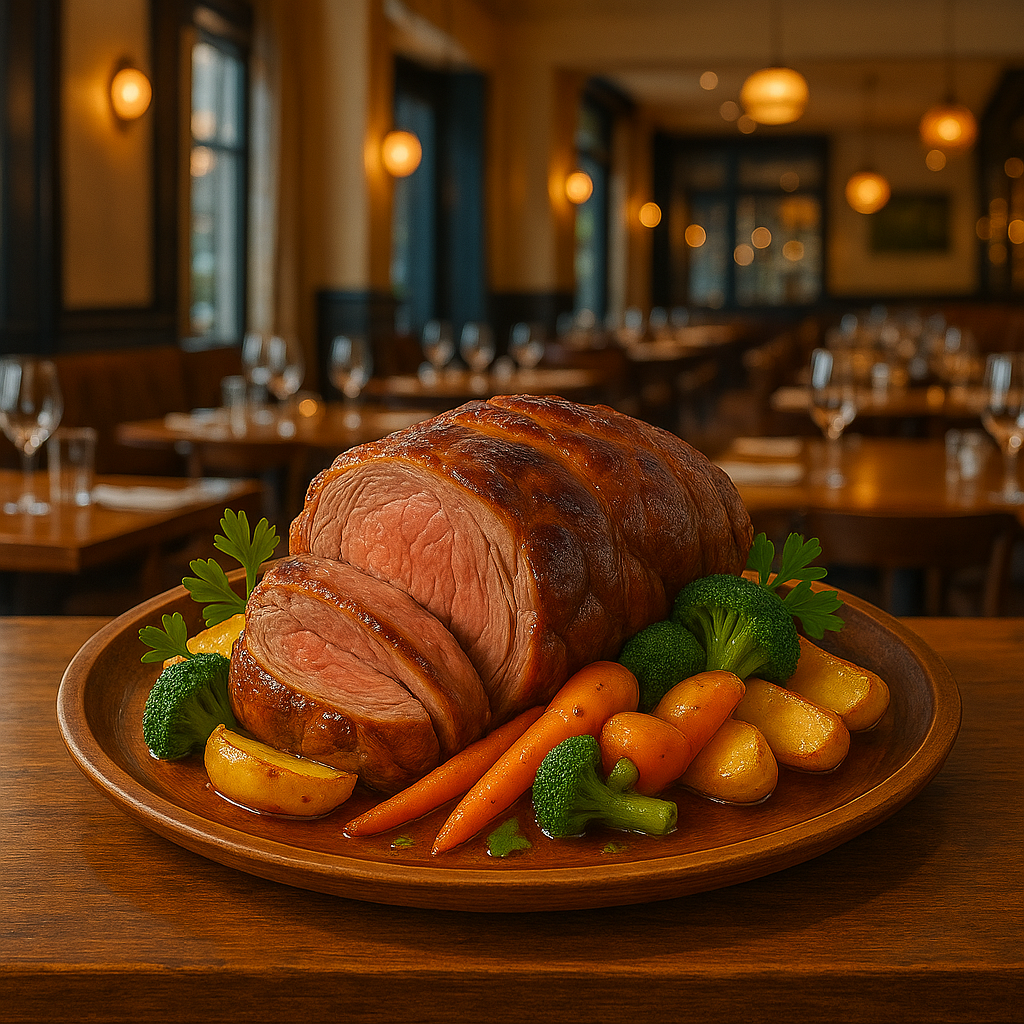Table of Contents

Introduction to the Australian Wine Industry
The Australian wine industry boasts a rich heritage, steeped in over two centuries of winemaking expertise. From its modest beginnings in the late 18th century, when the first vines were planted in New South Wales, Australia has grown to become the fifth-largest wine producer in the world. This impressive feat is a testament to the diverse climates and soils found across the country’s many wine regions, each contributing unique characteristics to the wines produced.
A key factor in the complexity and high quality of Australian wines is the wide array of climates ranging from the cool, maritime influence of Tasmania to the warm, sun-drenched regions of South Australia. Such diversity allows for the cultivation of a variety of grape types, from robust Shiraz to delicate Pinot Noir and vibrant Chardonnay. In terms of terroir, Australia’s viticultural landscape includes ancient soils dating back over 500 million years, imbuing the wines with distinctive minerality and depth.
Prominent wine regions like the Barossa Valley, Hunter Valley, Margaret River, and the Yarra Valley have become renowned not just nationally, but internationally for their exceptional quality and innovation. The Barossa Valley, for example, is lauded for its bold Shiraz, while the Margaret River region is celebrated for its elegant Cabernet Sauvignon and complex Chardonnay.
What sets the Australian wine industry apart on the global stage is its bold approach to winemaking and marketing. Australian vintners are known for their willingness to experiment with new techniques and technologies, as well as their focus on sustainability and eco-friendly practices. This forward-thinking attitude ensures Australia remains at the forefront of the wine industry, continually offering fresh and exciting experiences to wine enthusiasts.
As we delve deeper into our list of top 10 Australian wines you need to try this year, we will explore how the unique qualities of these regions and practices translate into the exceptional bottles that have captured the palates of connoisseurs worldwide.
Evaluating What Makes a Great Wine
Evaluating what makes a wine stand out often involves a meticulous analysis of several key attributes: flavor profiles, aroma, balance, complexity, and finish. These essential criteria provide a robust foundation for discerning wine enthusiasts and connoisseurs to distinguish exceptional wines from ordinary ones.
Starting with flavor profiles, a great wine should have a harmonious blend of primary, secondary, and tertiary flavors. Primary flavors relate to the type of grape used, secondary flavors come from the winemaking process, and tertiary flavors develop from aging. Australian wines are celebrated for their vibrant fruit flavors, often showcasing notes of blackberry, plum, and cassis in reds or citrus and stone fruits in whites. These dynamic flavors make Australian wines particularly appealing on a global scale.
Aroma plays a crucial role in a wine’s overall impression. The bouquet, an array of scents released upon swirling the wine, should be both inviting and complex, offering layers of olfactory satisfaction. Unique terroirs across the diverse Australian wine regions contribute to the distinctive aromas that set these wines apart. Whether it’s the eucalyptus scents from Coonawarra wines or the peppery notes found in Shiraz, Australian wines provide an aromatic experience like no other.
Balance is another vital criterion, referring to the harmonious relationship between the wine’s acidity, tannins, alcohol, and sweetness. Australian winemakers excel in creating well-balanced wines where these elements complement each other perfectly, leading to a smooth and enjoyable taste. This careful balance makes Australian wines suitable for a variety of palates and occasions.
The complexity of a wine involves the depth and layers of flavors and aromas that evolve with each sip. Australian wines, owing to innovative vinification techniques and diverse grape varieties, often exhibit outstanding complexity. This intricate interplay of flavors keeps the tasting experience engaging from the first sip to the last.
Finally, the finish, or the aftertaste, is a testament to a wine’s quality. A long, pleasant finish that lingers on the palate is often a hallmark of an exceptional wine. Many premium Australian wines are renowned for their extended and refined finishes, which leave a lasting impression and a desire for more.
When comparing these qualities to other global wine regions, Australian wines hold their own with distinctive regional characteristics and a commitment to excellence. The diverse climates and soils across Australia’s winemaking regions contribute to a wide array of styles and profiles, making Australian wines a must-try for any wine enthusiast.
Wine #1: Penfolds Grange
Penfolds Grange stands as a flagship in the realm of Australian wines, embodying a rich legacy that dates back to its inaugural vintage in 1951. This esteemed wine predominantly features Shiraz, although select vintages include a small proportion of Cabernet Sauvignon. It owes its consistent excellence to the unparalleled expertise of Penfolds’ winemaking team, particularly the innovative vision of Max Schubert, the pioneer behind its creation.
The flavor profile of Penfolds Grange is a testament to its sophistication. With layers of dark fruit—most notably blackberry and plum—complemented by nuances of mocha, spice, and subtle oak, this wine offers an opulent tasting experience. The robust tannins and balanced acidity provide both structure and a long, velvety finish. As it matures, the wine unveils more complex secondary characteristics, such as tobacco, dried herbs, and savory elements.

When considering ideal food pairings for Penfolds Grange, one can think of dishes that match its intensity and richness. Prime rib, venison, and lamb are exceptional choices, as they highlight the wine’s depth and amplify its multifaceted flavors. Additionally, hard cheeses like aged cheddar or Parmigiano-Reggiano can complement its robust character.
The acclaim that surrounds Penfolds Grange is well-deserved. It has garnered numerous accolades, including perfect scores from prestigious critics like Robert Parker’s Wine Advocate and Decanter. Furthermore, it is frequently featured in the lists of top wines globally, consistently earning admiration for its quality and age-worthiness. Wine enthusiasts and collectors alike consider it a must-have, making its mark as an icon of Australian winemaking.
Wine #2: Henschke Hill of Grace
Henschke Hill of Grace stands as a paragon of excellence among Australian wines, representing a profound heritage of winemaking mastery. This iconic wine hails from a historic vineyard located in the Eden Valley, South Australia. The vineyard, situated in a picturesque region known for its ideal climate and ancient soils, plays a crucial role in shaping the wine’s unique character.

The primary grape variety used in Henschke Hill of Grace is Shiraz, known for its robust flavors and aging potential. The vines from which these grapes are harvested are more than a century old, contributing to the complexity and depth that connoisseurs have come to expect from this label. These age-old vines are carefully tended, yielding fruit that speaks of the land’s rich history and the vintner’s meticulous craftsmanship.
Tasting Henschke Hill of Grace is an exquisite experience. The wine exhibits deep, rich flavors and aromas. Notes of dark berries, plum, and black cherry are underscored by delicate hints of anise, spices, and earthy undertones. The palate is both powerful and elegant, delivering a silken texture that lingers, revealing layers of complexity. With soft tannins and balanced acidity, this wine has considerable aging potential, continuing to evolve gracefully over decades when cellared under optimal conditions.
What sets Henschke Hill of Grace apart in the international wine community is not just its exceptional quality but also the traditional methods employed in its production. The winemaking process respects time-honored techniques, ensuring that each bottle carries the essence of both the vintage year and the storied vineyard.
Globally, Henschke Hill of Grace occupies a prestigious position, often listed among the finest wines in the world. Its acclaim is reflected in numerous awards and high ratings from critics and wine enthusiasts alike. This wine, with its profound sense of place and artisanal craftsmanship, encapsulates the brilliance of Australian wines, offering a truly memorable drinking experience.
Wine #3: Leeuwin Estate Art Series Chardonnay

Renowned for its elegance and complexity, the Leeuwin Estate Art Series Chardonnay is indeed a must-try for any wine enthusiast. Situated in the heart of the Margaret River wine region, Leeuwin Estate has garnered international acclaim and played a pivotal role in establishing Western Australia as a premier wine-producing area.
One of the defining features of the Leeuwin Estate Art Series Chardonnay is its captivating flavor profile. This Chardonnay is celebrated for its bright acidity, balanced with notes of citrus fruits, like lemon and grapefruit, along with hints of white peach and nectarine. The mid-palate reveals subtle nutty undertones and a perceptible creaminess, thanks to its meticulous oak regimen.
Oak influence is deftly managed in this wine. The Chardonnay spends time in French oak barrels, contributing to a harmonious balance of fruit and oak. This careful aging process imbues the wine with delicate vanilla bean and toasty notes, which complement the primary fruit flavors without overwhelming them. The result is a layered and sophisticated wine that evolves beautifully in the glass.
In terms of cellaring potential, the Leeuwin Estate Art Series Chardonnay stands out as a wine of considerable longevity. With proper storage, it can develop additional complexity over a decade or more. As it ages, the flavors integrate further, and tertiary notes of honey, brioche, and a hint of flinty minerality begin to emerge, adding another dimension to its already impressive profile.
The history of Leeuwin Estate is integral to its reputation. Established in 1974 by Denis and Tricia Horgan with the mentorship of legendary Napa Valley winemaker Robert Mondavi, the estate has been at the forefront of the Margaret River’s rise to global recognition. Their dedication to excellence and innovation has not only elevated their own wines but has also had a profound impact on the region’s development and international perception.
In essence, the Leeuwin Estate Art Series Chardonnay is a quintessential example of the high-quality wines that Australia is capable of producing, making it an essential addition to any connoisseur’s collection.
Wine #4: D’Arenberg The Dead Arm Shiraz
D’Arenberg The Dead Arm Shiraz stands as an exemplary representation of the robust and intriguing wines produced in Australia’s McLaren Vale region. Its name, “The Dead Arm,” hails from a vine disease where one arm of the grapevine dies off, leaving the other to produce highly concentrated fruit. This unique viticultural challenge results in grapes brimming with intense flavors and complexity, delivering a Shiraz that is as resilient as it is distinctive.
The terroir of McLaren Vale significantly influences the character of this esteemed Shiraz. The region’s Mediterranean climate, with hot summers and cooling sea breezes, coupled with diverse soil types, ranging from clay to sand, facilitates the production of rich and full-bodied wines. D’Arenberg’s practices emphasize minimal intervention in the vineyard, allowing the vines to express the true essence of their environment. Traditional winemaking methods, such as basket pressing and foot treading, further solidify The Dead Arm Shiraz’s commitment to authenticity and quality.
Upon tasting, D’Arenberg The Dead Arm Shiraz greets you with a bouquet of dark fruits, including blackberry and plum, interlaced with hints of licorice and earthy undertones. On the palate, it unveils robust, well-integrated tannins and layers of chocolate, spice, and smoky notes, making each sip a complex and memorable experience. Its opulent structure and rich texture resonate through a long, satisfying finish.
Food pairings for The Dead Arm Shiraz should enhance its powerful profile. Consider pairing with hearty dishes such as aged ribeye steak, lamb shanks, or a rich, savory stew. The wine’s boldness also complements strong cheeses and charcuterie. Whether enjoyed immediately or after a few years of careful cellaring, D’Arenberg The Dead Arm Shiraz undeniably reinforces its reputation as a standout Australian wine that embodies the spirit and resilience of the McLaren Vale region.
Wine #5: Wynns Coonawarra Estate Black Label Cabernet Sauvignon
The Wynns Coonawarra Estate Black Label Cabernet Sauvignon stands as a testament to the exceptional quality of Australian wines, particularly those hailing from the renowned Coonawarra region. Celebrated for its unique terra rossa soil, Coonawarra has established itself as one of the premier regions for producing world-class Cabernet Sauvignon. This wine underscores the region’s reputation, showcasing a remarkable balance of richness and sophistication.

Wynns Coonawarra Estate has been a pioneer in crafting outstanding Cabernet Sauvignon since its inception. The Black Label Cabernet Sauvignon is iconic, revered for its deep complexity and refined profile. The wine is characterized by a vibrant bouquet of dark fruits such as blackberries and blackcurrants, intermingled with subtle hints of mint and eucalyptus, reflective of the region’s terroir. On the palate, it offers a rich tapestry of flavors, including ripe cherry, plum, and a touch of vanilla, seamlessly integrated with well-structured tannins.
One of the standout features of the Wynns Coonawarra Estate Black Label Cabernet Sauvignon is its potential for aging. This wine matures gracefully, with its flavors and aromas evolving beautifully over time. Aged in French oak barrels, it develops additional layers of complexity, revealing notes of chocolate, tobacco, and cedar, which complement its robust fruit character. Wine enthusiasts often admire this wine for its elegance and the impressive balance it maintains, even with extended cellaring.
Notably, Wynns Coonawarra Estate Black Label Cabernet Sauvignon has received numerous accolades, reinforcing its status as a top-tier Australian wine. It has consistently been awarded high scores by wine critics and has garnered gold medals in various prestigious wine competitions. This wine’s legacy is defined not just by its quality but by the consistent excellence that Wynns Coonawarra Estate brings to each vintage.
In summary, the Wynns Coonawarra Estate Black Label Cabernet Sauvignon is a must-try for anyone looking to experience the pinnacle of Australian Cabernet Sauvignon. Its profound depth, aging capability, and acclaimed reputation make it a standout choice for wine lovers around the globe.
The Future of Australian Wine
The future of Australian wine is being sculpted by a wave of emerging trends and practices that address both environmental and consumer demands. Among the most significant shifts is the industry’s commitment to sustainability. Vineyards across Australia are increasingly adopting eco-friendly cultivation methods, such as reduced pesticide use, organic farming, and water-efficient irrigation systems. These sustainable practices not only help protect Australia’s unique terroir but also ensure the long-term viability of the wine industry in the face of climate change.
Innovation is another key driver in the evolving landscape of Australian wine. Winemakers are exploring new grape varietals and experimenting with different fermentation techniques to produce unique and diverse flavor profiles. The rise of low-intervention, or “natural” wines, which use minimal additives and minimal technological intervention, has gained popularity in recent years. These wines resonate with a growing segment of consumers who seek authenticity and a closer connection to the land from which the wine originates.
Concurrently, boutique wineries are emerging as a notable trend. These smaller operations often focus on craftsmanship and quality over quantity, offering limited-edition wines that highlight the distinct characteristics of specific regions. This rise of boutique wineries is fostering a culture of innovation and excellence, as they often set trends and embrace new wine-making techniques that larger wineries may be slower to adopt.
Looking ahead, Australian wine enthusiasts should keep an eye on these trends as they will likely reshape the wine market. The continued emphasis on sustainability, the exploration of unconventional varietals, and the influence of boutique wineries will contribute to a diverse and dynamic Australian wine landscape. As these trends gain momentum, they promise to bring forth an exciting array of wines that cater to a wide range of palates and preferences.






